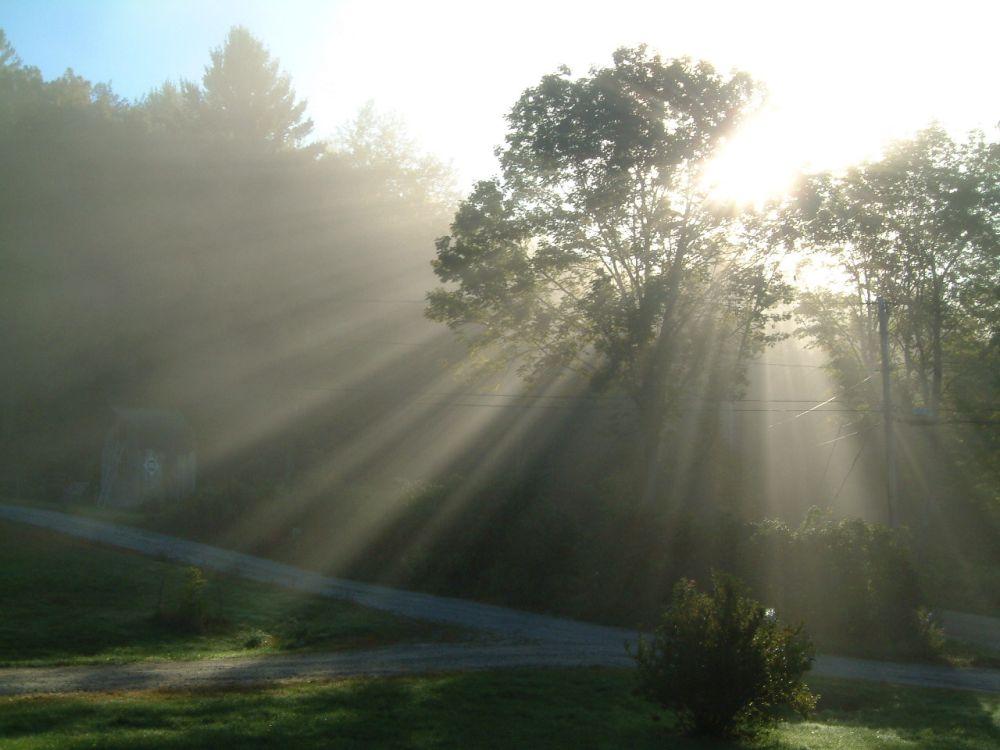How sunlight underlies springtime transformations
- Tags:
- Something Wild

The role of sunlight underlies all springtime transmormations. Photo Dave Anderson
Daylight floods a rural NH valley. A rooster crows in the village. The morning songbird chorus features mourning doves, red-wing blackbirds, a cardinal. The symphony will soon swell with grouse drumming, wood thrush flutes and a crescendo of warbler songs.
Strong sunlight of lengthening days is the catalyst that controls circadian rhythms influencing production of hormones - in birds, wild mammals and people.
Spring sunlight - not temperature - influences production of melatonin that works to synchronize ALL biological clocks. Melatonin production is inhibited by light and permitted by darkness.
The more sunlight / less melatonin connection drives biological functions of reproductive behavior, coat growth and seasonal camouflage coloring. .
Breeders with short gestation periods mate during longer daylight hours of late winter and early spring. Increasing melatonin during longer nights of late summer represses breeding. April features a rodent baby boom - prey species like mice and squirrels which fuel a corresponding boom of forest predators: weasels, canines, felines.
Breeding in animals with long gestation periods - moose and deer - is stimulated in autumn by increased melatonin production
It's fascinating to note effects of hormone chemistry and vestigial instinct in humans - particularly this spring after protracted months of bitter cold and snow! People respond positively to shorter nights. We're friendlier; more upbeat and energetic with sudden impulses to exercise or start spring cleaning. We make mental lists of chores inconceivable in January or visit garden centers and home improvement aisles. Winter lethargy is cast-off. We break dormancy.
The return of sun to northern latitudes is the underlying agent of spring transformations.
Go outside and get some!
